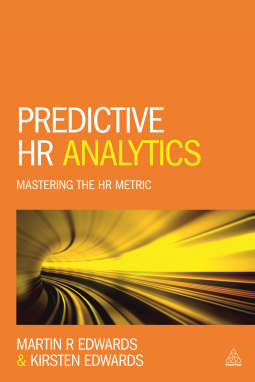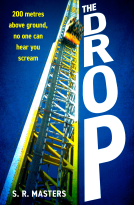Please wait... This may take a moment.
Predictive HR Analytics
Mastering the HR Metric
by Martin R. Edwards; Kirsten Edwards
This title was previously available on NetGalley and is now archived.
Pub Date
28 Mar 2016
| Archive Date
18 Jan 2019
Description
While other departments in an organization deal with profits, sales growth, and strategic planning, Human Resources (HR) is responsible for employee well-being, engagement, and staff motivation. Even though it may not be immediately obvious, the management of these duties often requires a great deal of measurement and technical skill. Predictive HR Analytics provides a clear and accessible framework to understanding and learning to work with HR analytics at an advanced level, using examples of particular predictive models, such as diversity analysis, predicting turnover, evaluating interventions, and predicting performance.
When dealing with metrics, management information, and analytics, HR practitioners rarely use any advanced statistical techniques or go beyond describing the characteristics of the workforce. Authors Martin Edwards and Kirsten Edwards explain the business applications of HR predictive models; the ethics and limitations of HR analytics; how to carry out an analysis; predict turnover, performance, recruiting, and selection outcomes; and monitor the impact of interventions.
While other departments in an organization deal with profits, sales growth, and strategic planning, Human Resources (HR) is responsible for employee well-being, engagement, and staff motivation...
Description
While other departments in an organization deal with profits, sales growth, and strategic planning, Human Resources (HR) is responsible for employee well-being, engagement, and staff motivation. Even though it may not be immediately obvious, the management of these duties often requires a great deal of measurement and technical skill. Predictive HR Analytics provides a clear and accessible framework to understanding and learning to work with HR analytics at an advanced level, using examples of particular predictive models, such as diversity analysis, predicting turnover, evaluating interventions, and predicting performance.
When dealing with metrics, management information, and analytics, HR practitioners rarely use any advanced statistical techniques or go beyond describing the characteristics of the workforce. Authors Martin Edwards and Kirsten Edwards explain the business applications of HR predictive models; the ethics and limitations of HR analytics; how to carry out an analysis; predict turnover, performance, recruiting, and selection outcomes; and monitor the impact of interventions.
Available Editions
| EDITION |
Other Format |
| ISBN |
9780749473914 |
| PRICE |
US$39.95 (USD)
|
Additional Information
Available Editions
| EDITION |
Other Format |
| ISBN |
9780749473914 |
| PRICE |
US$39.95 (USD)
|
Average rating from 3 members
Readers who liked this book also liked:
The Drop
S. R. Masters
General Fiction (Adult), Mystery & Thrillers






